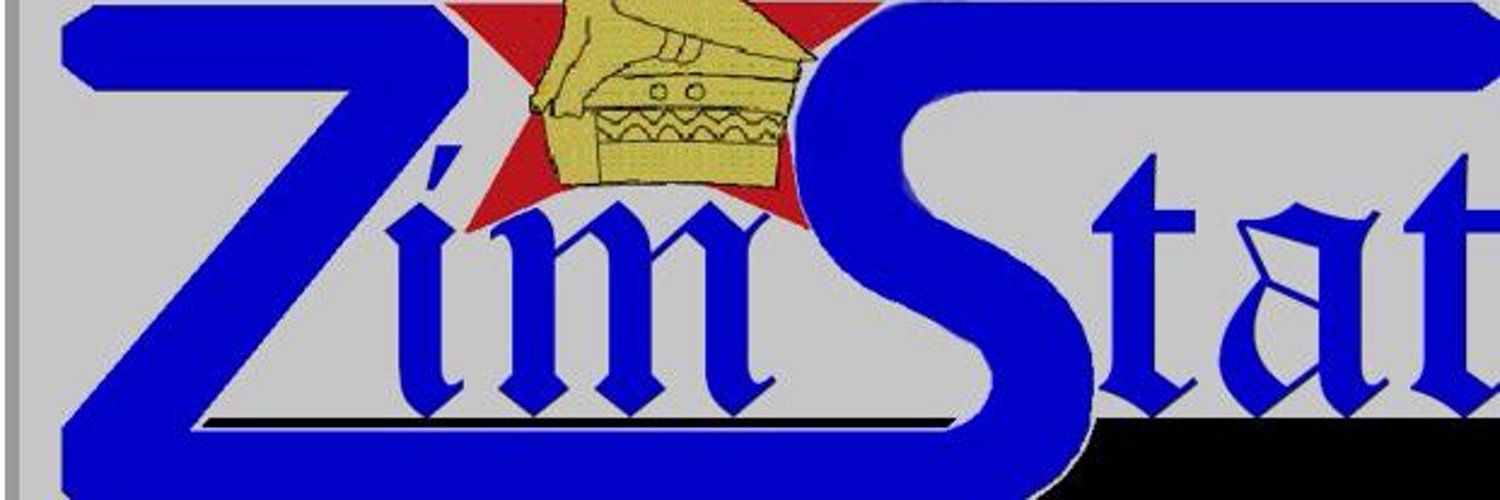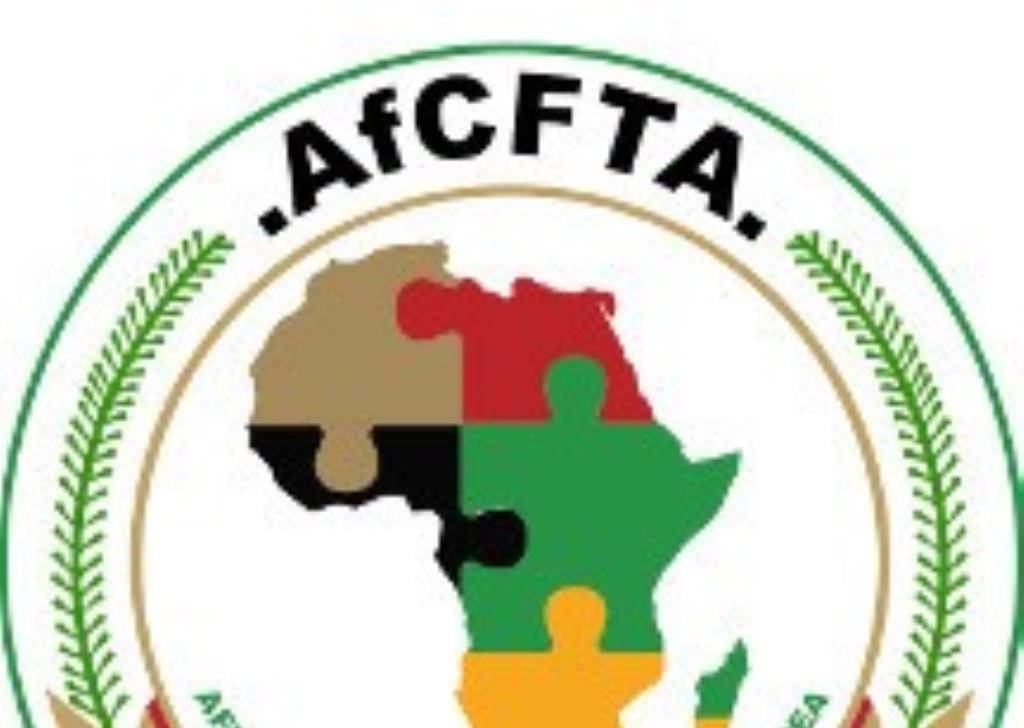Zimbabwe outlines 3-tier tariff offer plan
ZIMBABWE has outlined a three-tier tariff offer schedule that guides the country’s participation under the liberalised African Continental Free Trade Area (AfCFTA), which is seen as a game-changer in boosting intra-regional trade and promoting continental integration.
The AfCFTA is a flagship project of the African Union (AU), established in 2018 to create a single market for goods and services, facilitated by the movement of persons to promote industrial development and sustainable and inclusive socio-economic growth to deepen the economic integration of Africa.
Zimbabwe was among the first countries to ratify the AfCFTA agreement having signed the agreement on May 24, 2019.
The AfCFTA facilitates imports and exports among member States, including Zimbabwe, with lower or no tariffs, free access to the market, market information and elimination of trade barriers including non-tariff measures.
In a bid to capacitate industries with critical information on the tariff offer, the Confederation of Zimbabwe Industries (CZI) has partnered with the Competition Tariff Commission (CTC) to roll out countrywide outreach programmes to engage with businesses over the issue.
On Friday the CZI and CTC teams were in Bulawayo where they outlined a three-tier tariff offer. Under the schedule, Category A constitutes 90 percent of the goods that have five years to phase down tariffs (2021 to 2025).
This means that come next year, Category A goods will start trading at zero percent duty under the AfCFTA deal.
These are mainly general goods including livestock and other selected manufactured goods.
Category B constitutes seven percent of the goods, which are going to have 10 years of phasing down tariffs starting next year up to 2035. This group consists of goods, which are under different value chains, which are being nurtured by the Government. These include items like iron and steel products, leather, cotton and other goods from strategic value chains. This implies that by 2035, about 97 percent of the local goods in the tariff book will be trading duty-free under the AfCFTA.
Category C on one hand constitutes three percent of the goods, that are exempted, and will not be allowed to be traded in Zimbabwe duty-free under the AfCFTA. These include items such as fire and ammunition, soya, flour and traditional and cultural products.
In an interview on the sidelines of the tariff offer workshop, CTC senior economist Mr Tawanda Katsande said there is need for information dissemination to tell industrialists what exactly is AfCFTA, tariff offers and product categorisation such that they understand the implications of what happens when the trade agreement starts operating.
He said many fears are stemming from the lack of full information about the trade agreement.
“Industries are afraid of competition, which is going to be imposed by the AfCFTA. But in Africa, North Africa, or ECOWAS, what are the threats?
“If you look at the trade figures, there is minimal trade in other blocks like Ecowas, the analysis that we did shows that about three percent of our trade is the one we are having with other countries, which are not under Sadc or Comesa,” said Mr Katsande.
“So, the real threat is not from that side, we can take advantage of those markets and supply our products because many countries on those blocks don’t have strong manufacturing sectors.”
CZI chief economist Dr Cornelius Dube said the lack of information has seen many businesses being confused about whether or not they are prepared for the liberalisation of markets under the AfCFTA.
He said the survey done by CZI showed that about one-third of the industries in Zimbabwe have confirmed their preparedness, whilst 46 percent have said they are not prepared with 21 percent saying they are not sure if they are prepared or not. Experts continue to call upon businesses to be innovative such that they produce quality goods, using efficient means to be able to compete with other countries. –chronicle










